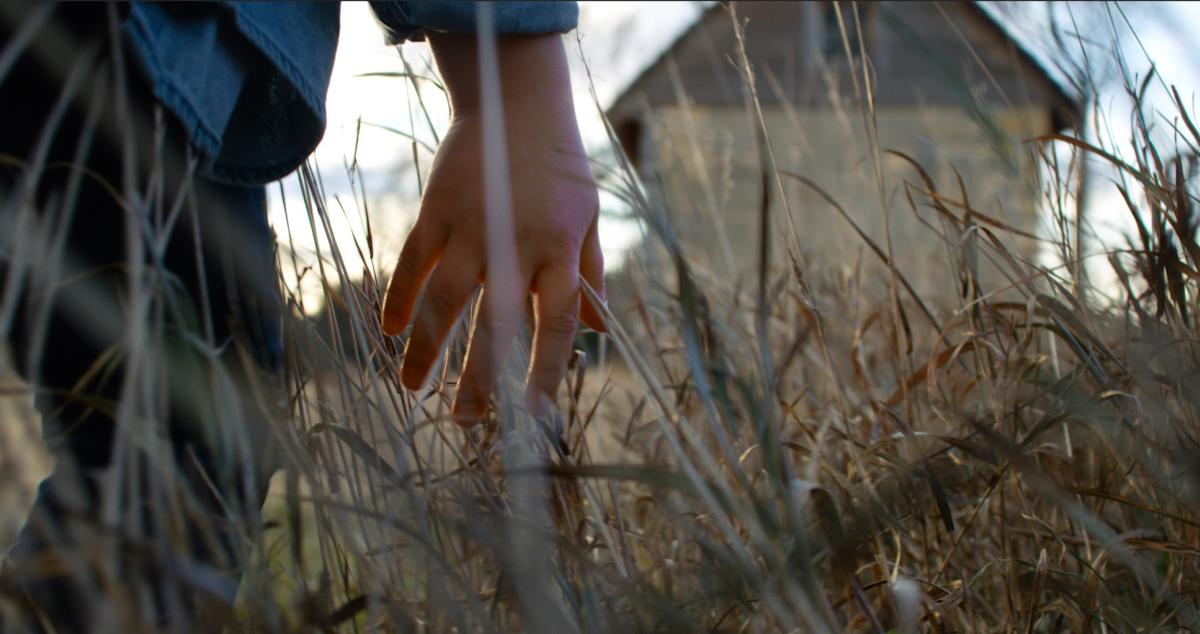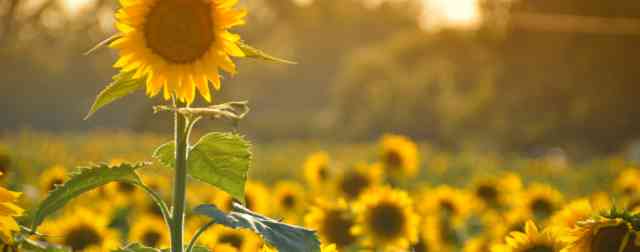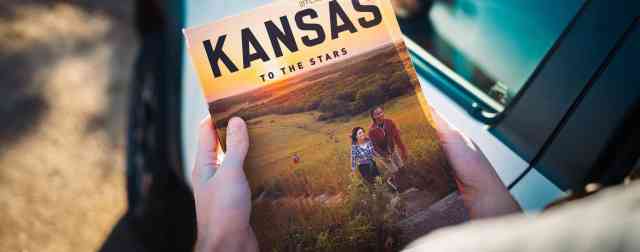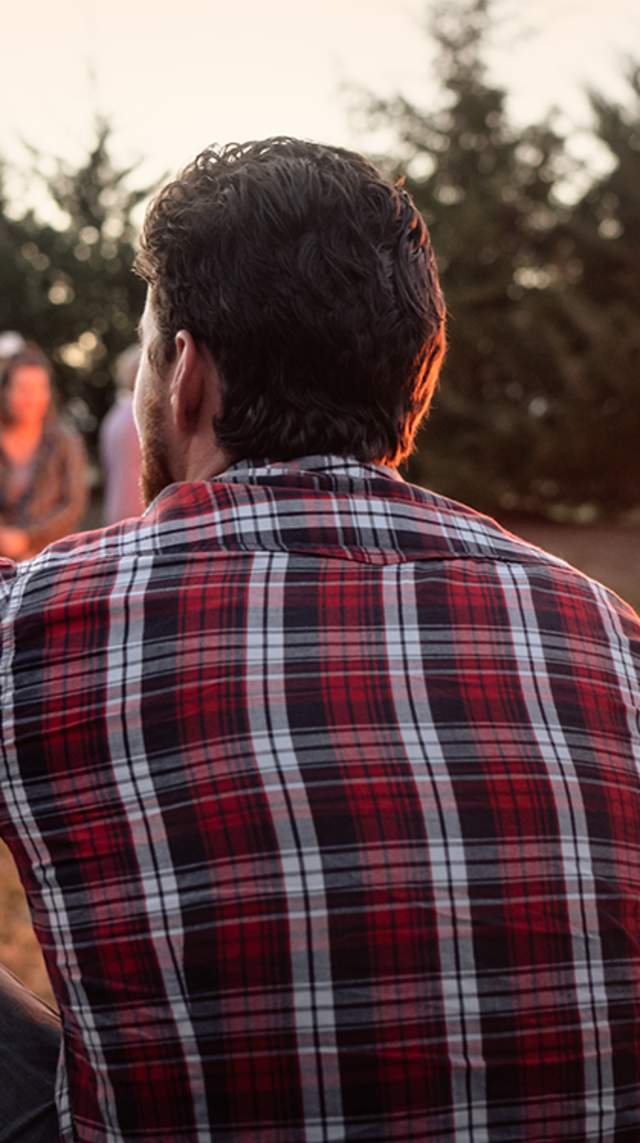In the early 1870s, Dr. Brewster M. Higley traveled to Kansas under the Homestead Act of 1862. He was an ear, nose, and throat doctor from Iowa, and he settled in Smith County. He was so taken by the beauty in the landscape of his new Kansas home that he penned a poem he titled “My Home in the West.”
Years later, Dr. Higley’s poem was set to music by his friend, Dan Kelley, a Civil War veteran. Kelley was also an accomplished musician and formed a band with his two brothers and his wife, Lulu Harlan Kelley. Their band, the Harlan Brothers Orchestra, was popular between 1878 and 1885. Their version of “My Home in the West,” also referred to as “My Western Home,” became a favorite dance tune of the time.
Over the next half a century, the song became folkloric, as it traveled by word of mouth through cowboys on the Chisholm Trail. Words were changed and melodies differed, but the message remained intact of longing for a beautiful land to call home.

Tracing the Song’s Complicated History
In 1925, the song was finally written down and published with sheet music in San Antonio, Texas. Five years later, it was revised and retitled for a Broadway show. Now titled “Home on the Range,” the song spread like wildfire, especially after newly-elected President Franklin D. Roosevelt named it his favorite song.
However, no known composer or author was ever listed on the published work because they were unknown. Thus began the complicated search for its origin.
In 1934, an Arizona couple filed a copyright suit for half a million dollars, claiming they had written “An Arizona Home” in 1904 and “Home on the Range” carried obvious similarities. An attorney for Music Publishers Protective Association set about unwinding the storied history of the lyrics.

A 1908 recording of the song was discovered by folklorist John A. Lomax, an African American saloon owner and former cowboy who had ridden the Chisholm Trail. Two years following that, Lomax published a transcription of the song’s lyrics in a book, “Cowboy Songs and Other Frontier Ballads.” However, Lomax said he had learned the song while on a cattle drive on the Chisholm Trail, which closed in the late 1800s.
During the nationwide search for the author, others also claimed ownership of the lyrics, though with little or no proof. Some people asserted the song described Arizona, Colorado, and Texas, but those with the most compelling anecdotes — and earliest accounts of the song — associated it with Kansas.
Finally, a former patient of Dr. Higley came forward to say he recalled his doctor showing him an unpublished poem in Kansas in 1873. He said it was titled “My Home in the West,” and later set to music by Dan Kelley with the Harlan Brothers Orchestra. A member of the musical group reaffirmed this recollection, confirming his brother-in-law had set Dr. Higley’s poem to music.
The final piece to the puzzle was discovered in an 1876 publication by the Smith County Pioneer periodical. There was “My Home in the West” in print, attributed to Dr. Higley, although the full article said the poem had been printed two years prior in 1874.

The Official State Song of Kansas
In 1947, "Home on the Range" became the official state song of Kansas, as voted on by the Kansas Legislature. Today, it is arguably the most famous state song in the country, known around the world and taught to school children everywhere.
Visit the site that inspired the lyrics.
The Home on the Range Cabin is listed on the National Historical Register and welcomes visitors daily. The site is privately owned and managed by the Peoples Heartland Foundation, a 501c3 charity. The Cabin was completely restored to its original form in 2013.
Home on the Range Cabin
Restored in 1954, the log and stone structure is located beside trickling Beaver Creek where at one time "buffalo roamed," "deer and antelope played" and Kansas' state song, "Home on the Range," was believed to have been…




